Buy the photo The Sicilian rhythm in Catania by Silva Wischeropp on canvas, ArtFrame, poster and wallpaper, printed on demand in high quality.
About "The Sicilian rhythm in Catania"
by Silva Wischeropp
About the artwork
This snapshot in the streets of Catania on the magical island of Sicily was taken with the Nikon D90 camera on 15 July 2015 in the late afternoon hours.
Catania is the lively harbour city in the shadow of Mount Etna. The second largest city in the Sicily region stretches out at the foot of the southern slopes of the volcano. The houses stand close together right down to the coast of the Ionian Sea. Of particular importance and an absolute must-see is the baroque Cattedrale di Sant'Agata on the Piazza Duomo of the Sicilian coastal town.
Reconstruction in Baroque style after devastating destruction
The volcanic eruption of 1669 and the catastrophic earthquake of 1693 in south-east Sicily almost completely destroyed Catania. Following plans by architect Giovanni Battista Vaccarini (1702-1768), a city was built with churches and palaces in the Baroque architectural style of the 18th century, which can still be seen today.
The use of lava stone as a building material is visible everywhere in Catania: in palaces, residential buildings, churches, as street paving and at the harbour. The ancient theatre and the Roman amphitheatre are also built from the black stone.
Catania, also known as the "black city", is considered the economic centre of Sicily. Rich harvests from the fertile soil on the slopes of Mount Etna, the use of the harbour to export its own products such as oil, grain and wine as well as the initiative of the inhabitants helped Catania to grow into a modern and lively city.

About Silva Wischeropp
"For me, photography feels like really capturing the moment - like a kind of alchemy where time is physically captured."
Silva Wischeropp was born in the Hanseatic city of Wismar in the former GDR. Today she lives and works in Berlin. As a passionate travel..
Read more…
 Germany
Germany Ordered in September 2025
Ordered in September 2025
 Netherlands
Netherlands Ordered in October 2017
Ordered in October 2017
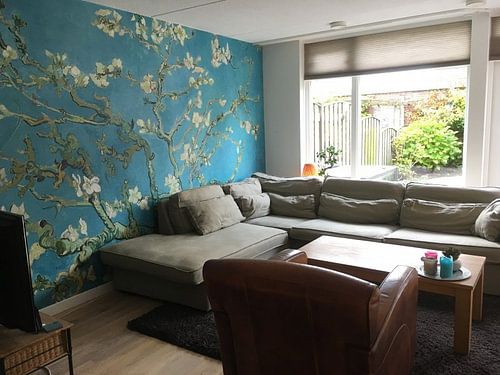
 Netherlands
Netherlands Ordered in December 2024
Ordered in December 2024
 Germany
Germany Ordered in June 2025
Ordered in June 2025
 Netherlands
Netherlands Ordered in November 2020
Ordered in November 2020
 Germany
Germany Ordered in April 2022
Ordered in April 2022
 Germany
Germany Ordered in January 2020
Ordered in January 2020
 Netherlands
Netherlands Ordered in September 2019
Ordered in September 2019
 Germany
Germany Ordered in August 2019
Ordered in August 2019
 Germany
Germany Ordered in February 2022
Ordered in February 2022
 Germany
Germany Ordered in October 2021
Ordered in October 2021
 Germany
Germany Ordered in May 2019
Ordered in May 2019
About the material
ArtFrame™
Interchangeable Art Prints
- High-quality print
- Easily interchangeable
- Acoustic function
- Large sizes available
Discover the artworks of Silva Wischeropp
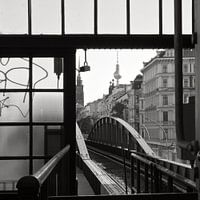 Underground station of the U2 line - special train to PankowSilva Wischeropp
Underground station of the U2 line - special train to PankowSilva Wischeropp Berlin underground station Eberswalder Strasse of line U2Silva Wischeropp
Berlin underground station Eberswalder Strasse of line U2Silva Wischeropp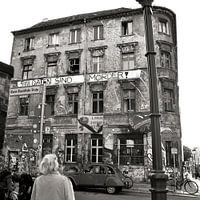 Old, squatted house in the Scheunenviertel district of Berlin-MitteSilva Wischeropp
Old, squatted house in the Scheunenviertel district of Berlin-MitteSilva Wischeropp BODE-MUSEUM on the Museum Island (Berlin)Silva Wischeropp
BODE-MUSEUM on the Museum Island (Berlin)Silva Wischeropp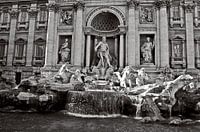 The Trevi Fountain - Fontana di TREVI in RomeSilva Wischeropp
The Trevi Fountain - Fontana di TREVI in RomeSilva Wischeropp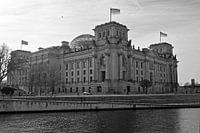 Reichstag building on the banks of the Spree in BerlinSilva Wischeropp
Reichstag building on the banks of the Spree in BerlinSilva Wischeropp New Synagogue (Berlin) in the Mitte districtSilva Wischeropp
New Synagogue (Berlin) in the Mitte districtSilva Wischeropp Mysterious, Sicilian facadeSilva Wischeropp
Mysterious, Sicilian facadeSilva Wischeropp Banana leaves in the warm autumn lightSilva Wischeropp
Banana leaves in the warm autumn lightSilva Wischeropp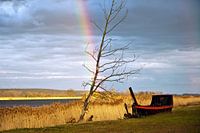 Magical rainbow at the OderbruchSilva Wischeropp
Magical rainbow at the OderbruchSilva Wischeropp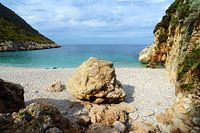 Magic Sicilian Sea SoundSilva Wischeropp
Magic Sicilian Sea SoundSilva Wischeropp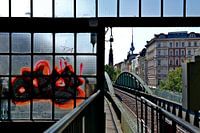 Popular underground station on the U2 line on Eberswalde StrasseSilva Wischeropp
Popular underground station on the U2 line on Eberswalde StrasseSilva Wischeropp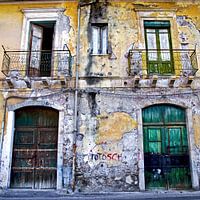 Once upon a time in Taormina on the island of SicilySilva Wischeropp
Once upon a time in Taormina on the island of SicilySilva Wischeropp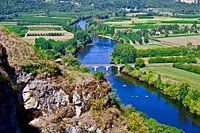 Fantastic view of the Dordogne valley from the Bastide DommeSilva Wischeropp
Fantastic view of the Dordogne valley from the Bastide DommeSilva Wischeropp Imaginative sand dunes at Henne Strand in JutlandSilva Wischeropp
Imaginative sand dunes at Henne Strand in JutlandSilva Wischeropp Women bathing on the beach at Nha Trang in VietnamSilva Wischeropp
Women bathing on the beach at Nha Trang in VietnamSilva Wischeropp Summer morning walk through the pine forestSilva Wischeropp
Summer morning walk through the pine forestSilva Wischeropp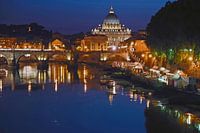 Night panorama with the Bridge of Angels and St Peter's Basilica in RomeSilva Wischeropp
Night panorama with the Bridge of Angels and St Peter's Basilica in RomeSilva Wischeropp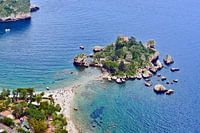 Paradise Isola Bella on the east coast of SicilySilva Wischeropp
Paradise Isola Bella on the east coast of SicilySilva Wischeropp Turquoise blue tracks on the dune on the Baltic Sea beachSilva Wischeropp
Turquoise blue tracks on the dune on the Baltic Sea beachSilva Wischeropp



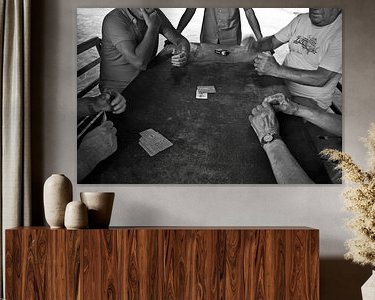




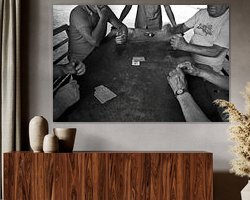




 Italy
Italy Men
Men Photo wallpaper
Photo wallpaper Photography
Photography Street photography
Street photography









